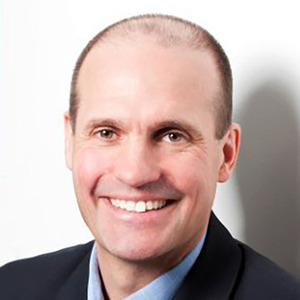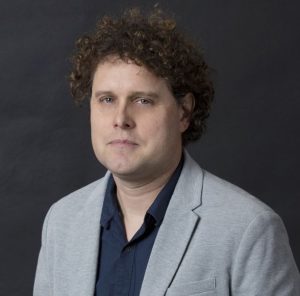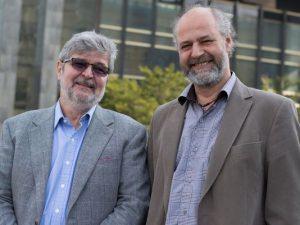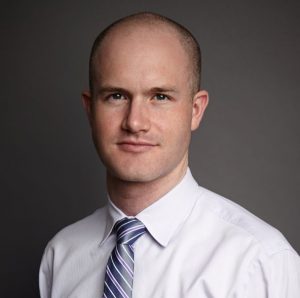MobiGarage : The Online Garage to Get Your Smartphone Repaired
The emergence of mobile, or we shall say, the Smartphones has added another luxury expense to our lives. Smartphones are no more just calling equipment, but it has become that one thing we can’t think of living without. The constant enhancement in the features of those smartphones is leading to an increase in its demand, and we are compelled to buy new phones to get those new features. Eventually, spending more money on the same thing.
But spending so much on Smartphones also make us sceptical about what if the phone or its software breaks down. How much will it cost to repair the phone, or will it recover the injuries? And, we often see, the same thing happening after the warranty period is over. In such cases, people often go buying new phones rather having repaired their broken phones, as it is difficult to find trusted repair person, and it is quite inconvenient as well as expensive, to go to the authorised service centres, where people barely understand the real problem and instead make you take rounds of the centre multiple times.

This is where the mind of the founder of MobiGarage, Vaibhav Kapoor, hit the idea of launching a website (i.e. mobigarage.com) that would provide people with online and offline assistance, for reliable mobile repair and spare-part services at their doorsteps.
The Founders
Vaibhav Kapoor, the Director and CEO of MobiGarage, is an engineer having experience in working with Fortune 500 companies, including Accenture Strategy and ZS Associates, in India and abroad. At MobiGarage, he is responsible for creating the roadmap, business and go-to-market strategy and leads MobiGarage – B2C online mobile repair and spare unit of the company.
Kapoor started the company with other three co-founders Pulkit Kapoor (Director, Product and Services), Abhinav Mahajan (Director, Operations) and Ujjwal Sehgal (Director, Procurement/Supply Chain).
Like Vaibhav Kapoor, all three of them are engineering graduates. Before MobiGarage, Pulkit Kapoor worked as a manager at Reliance Industries Limited.
From the beginning of his career, Abhinav Mahajan had that thing about entrepreneurship, and after working with ZS Associates for a few years, he settled up his first start-up Helfis Technologies for Preventive Healthcare.
Founding MobiGarage
The four co-founders founded MobiGarage in 2017. The idea behind starting such a business was to help people with their mobile repair needs, at affordable prices and with most of the comfort. The company headquarter is situated in Delhi, India, and currently, it offers its services to 15,000 zip codes across India.
MobiGarage has seen a prominent increase in the revenues and the number of clients since its commencement. Currently, the company is fulfilling over 3000 orders in a month and has seen a 100x boost in its users, since its inception, including a 500% increase in its enterprise clients, from the last year. MobiGarage has projected its revenue to get 5 folds to 2.5Cr, in this fiscal year and a 400% growth compared to the last fiscal year.
Just in one year, the company has made its own place in the Smartphone repair industry, with a 100% growth rate for the Q3-2018, as compared to Q2-2018. For the past more than a year, it has been catering to most of the top repair and refurb companies as well as to more than 150+ brands.
MobiGarage is one of the fastest growing companies among its contemporaries and based on a unique concept, the company has got the reasons to be on the top.

Yashica is a Software Engineer turned Content Writer, who loves to write on social causes and expertise in writing technical stuff. She loves to watch movies and explore new places. She believes that you need to live once before you die. So experimenting with her life and career choices, she is trying to live her life to the fullest.





